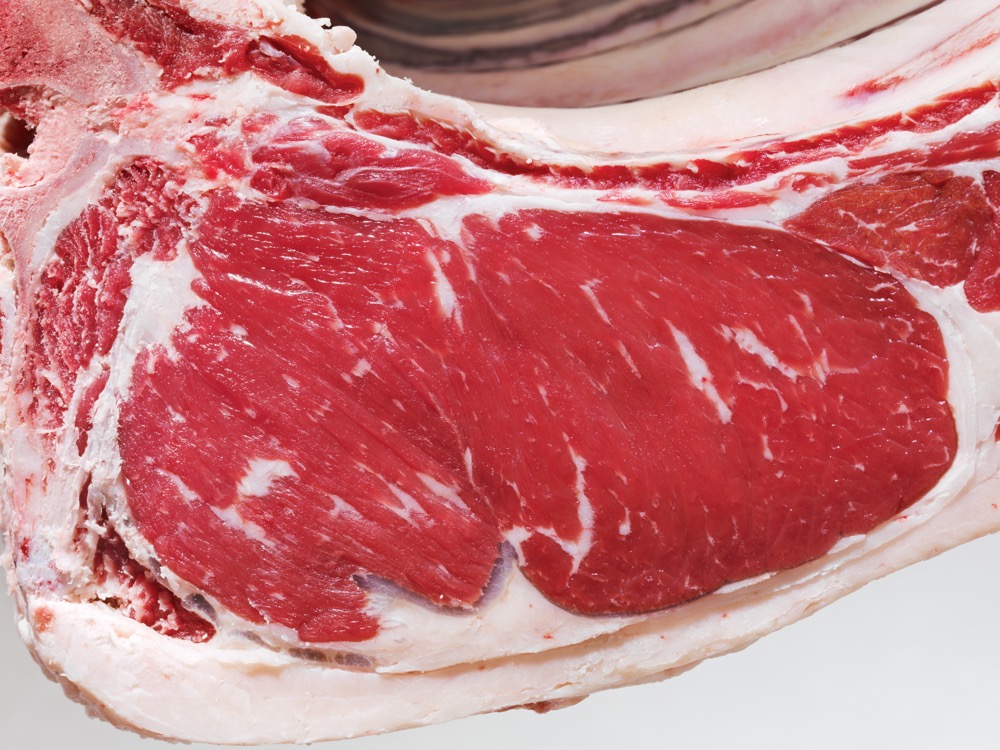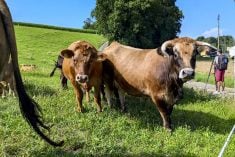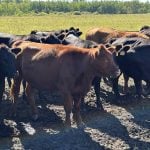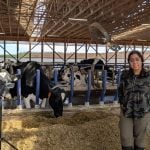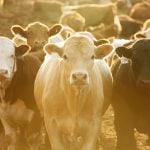In his recent article Yield is down, fat is up, pg. 55, February 2016 Canadian Cattlemen, Charlie Gracey did an excellent job of highlighting excess fat as a serious issue for the Canadian beef industry. Creating more marbled carcasses by feeding cattle longer has resulted in larger carcasses, excessive fat cover and plummeting yields. Although it is difficult to determine the true cost of this excess fat, let me present a case.
Analysis of grading results from 2005 and 2015 indicate that the average carcass in 2015 contained 19.3 pounds of fat per cwt compared to 16.7 pounds per cwt in 2005. That increase of 2.6 pounds per cwt comes to an extra 22.5 pounds per 2015 carcass. On the 2.78 million cattle slaughtered in 2015 this is an extra 62.6 million pounds of fat.
Read Also
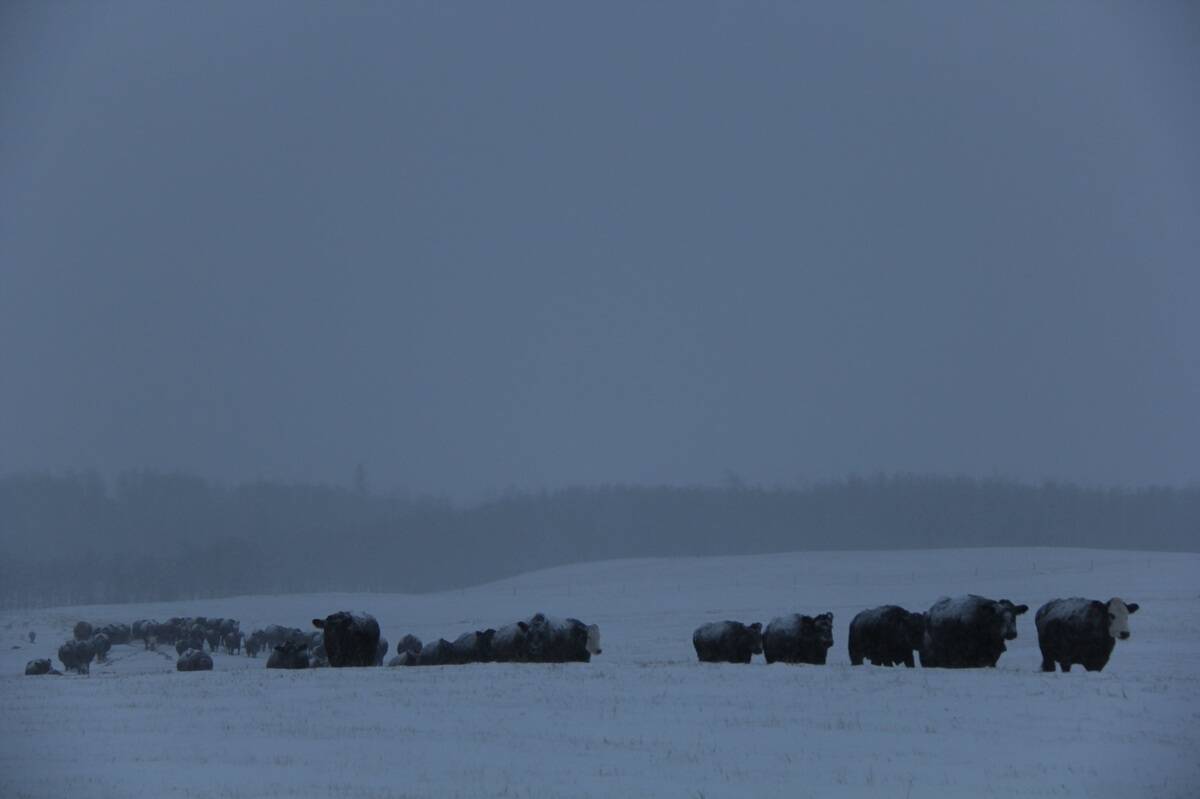
Winter cereals on a beef cattle operation
Whether beef farmers and ranchers are grazing into the fall or need feed, winter cereals are worth a look.
The real question, though, relates to the cost of all of that fat. Current reported average cost of feedlot gain is $0.76 per pound. We know, however, that feed efficiency drops dramatically as an animal fattens, and so adding one pound of fat to an animal is significantly more expensive. Using an estimate of $1.50 per pound of gain for fat, the cost of the excess fat in 2015 was a rather staggering $93.9 million. To put that in perspective, it is equivalent to a $33 discount on every steer and heifer fed in Canada. This could be justified if feeders received a significant premium for AAA carcasses; however, there are now so many AAA carcasses that there is, in fact, no premium at all.
As Gracey noted in his article, cattle feeders may be making a logical decision to feed to excess as the payment structure and feed costs support this strategy, although barely. But step back for a moment and think like a consumer. They ultimately pay for this excess fat through higher beef prices. Like all rational consumers, higher beef prices make you look more closely at chicken as a preferred alternative.
It will take a concerted effort to change the system so that this inefficiency can be dealt with. The Canadian Cattlemen’s Association recently launched a National Beef Strategy. The strategy has four pillars, including three that can be assisted by dealing with this issue:
Beef demand pillar: The goal under this pillar is to enhance beef demand and, as a result, enhance carcass cutout value by 15 per cent over five years.
The figure below lays out in stark terms the challenge we face with regard to demand: beef consumption has continued its 30-year decline, replaced with chicken, which has enjoyed a healthy 30-year run. By feeding excessively, adding fat that is then trimmed and tossed aside, we are in reality making beef less and less competitive.
Chicken has been winning the war and at this point, we’re handing them the bullets.
How does excess fat relate to carcass cutout value? Well that $33 in excess fat is a little over one per cent of the value of a carcass. This alone will not meet the 15 per cent target of the strategy but it could make a good contribution toward the goal.
Productivity pillar: The goal here is to increase production efficiency by 15 per cent. Fat is added to an animal at a cost of feed roughly 2.5 times that of adding muscle. To make the math simple, if we use a feed efficiency of 5:1 for muscle (12.5:1 for fat), this additional 62.6 million pounds of fat equates to 391,000 tons of grain. It also results in a tremendous amount of both more manure and greenhouse gas. For both industry efficiency and industry sustainability, excess fat is a problem.
Connectivity pillar: Through efforts in this pillar, the goal is to enhance industry synergies, connect positively with consumers, the public, government, and partner industries by actively addressing industry issues. The beef industry suffers from a disjointed supply chain that results in confused (or lack of) market signals. This is where the problem of excess fat arises: each player making logical moves that add up to something that really makes no sense.
There are several initiatives now underway that can help. Data systems such as bioTrack can help to connect the information dots. The caveat, of course, is that people must get on the systems and that data is shared freely or at a reasonable cost, particularly grade data. A powerful but highly underutilized tool available to the beef industry is genetics. By selecting the right bulls, we can get the marbling desired without the excess feeding and fat. We simply do not need to sacrifice yield in the pursuit of marbling.
Mike McMorris is the general manager of BIO

